My New Huai'An District Area
Friday, September 26, 2014
 Huai'an, Jiangsu, China
Huai'an, Jiangsu, China
Hey Hey and a Big G'Day toya,
So, where do I live now?
In a new Economic & Development Zone in Huai’An city.
We are actually part of old Chuzhou City which is actually under Huai’An's wing so I am going to just say that I live in Huai’An city because I doubt Chuzhou will be on most maps. The city proper (Huai’An) has most of what most people need such as coffee shops, shopping malls, Watsons (a Chemist), Mc Donald’s and KFC etc. Like I need any of them as I’m not travelling so no need for ElcheapO Coffee. It also has little pokey food street markets, temples and lake parks etc, all of which I like but as I was here prior to Summer Break I’m all Huai’An’d out and I’ll be spending most of my time in the Old Chuzhou city area.
So What About Old Chuzhou City
Chuzhou is much older than Huai’An city proper and still has parts of its city wall, a bell tower and many food areas and food streets along with two thousand five hundred year old 'Ancient Hexia Village’, which I need and love in my life and it is all a half an hour’s ride away from where I live.
So What About Where I Live
Not much happening here mainly because it is a new ‘Economic & Development Area’ so construction of factories, schools and apartment blocks are all happening. As for supermarkets and food streets etc, there is a small vibrant pocket of neon lights and shopping areas etc about a twenty minute walk (five minute ride) from my school (where I live) and in between there is nothing but bare streets, construction and newly excavated land.
It all sounds pretty ugly in writing:
But it really is very leafy green with parks and many large patches of forest that have little trails to ride down along with fish farms and villages found within. For dinner, each night I head down to Food Street which is a thriving little area that has pretty much all I need to eat such as BBQ, clay pot noodles, a Xinjiang Restaurant and many other little street food market treats along with a large university across the road so that means there are hundreds of beauties to say hello to.
That also means that I am extremely happy with where I have ended up this term!
So be prepared for many future blogs because there is much to be seen and next Wednesday is National Day here in China so that means we have a SEVEN DAY HOLIDAY! Thank you and not bad for being back in the classroom for just over three weeks. I never travel during May Day and National Day breaks so I'll be following my front wheel for the time and exploring.
While putting this blog together I've made a list of things to see so now, just have to find them!
NOW FOR A BIT ON HUAI’ANS & ITS HISTORY
Huai’An has been renowned since ancient times for its refined and intellectual atmosphere and has been the hometown of many notable individuals, including the 16th-century novelist Wu Cheng’en and the 20th-century statesman Zhou Enlai. With the construction of the new Grand Canal in 1276, Huaiyin town became a centre of transport and locks were built at the beginning of the 15th century. It became the place at which travelers from the south left their boats to travel overland by road to Beijing and northern China. It grew in importance between the 15th and 17th centuries and in the latter part of the 18th century the town (located on both banks of the canal) was provided with a double ring of walls.
Until the 12th century the Huai River flowed to the sea some distance to the north and the city was served by the section of the Grand Canal between the Huai River and the Yangtze River (Chang Jiang) and in 583, under the Sui dynasty (581–618), it received the name Chu prefecture by which it was known until the 12th century.
With the completion of the New Bian Canal in 607, it became a city of major economic importance as a canal port on the route by which grain was sent from the Yangtze northwest to the capital cities of Chang’an (present day Xi’an city) in Shaanxi province and Luoyang in Henan province. The city also functioned as a collecting centre for tax grain from the rich rice growing lands of the Huai River plain, as a centre of the salt industry in coastal Jiangsu and as a major seaport whose shipping was mostly engaged in the northern coastal traffic to Korea and Japan. During the 7th to 9th centuries, it had a considerable foreign merchant community, including many Koreans. When the locality fell to the Jin in the early 12th century, the city’s role was changed to that of a major strategic centre in the frontier confrontation between the Nan (Southern) Song dynasty (1127–1279) and the Jin regime.
At that time it first received the name Huai’An, meaning ‘Huai Pacified’.
Throughout the Ming dynasty and Qing dynasty (1644–1911/12) it remained a superior prefecture named Huai’An, but its importance declined after the mid-19th century, when the Grand Canal gradually fell into decay. In 1912 it ceased to be a superior prefecture and two years later was demoted to the status of a county. It was established as a city in 1946, which after 1948 was named Lianghuai when it was also combined with Huaiyin county.
Since 1949 Huai’An has revived itself considerably owing to the completion of the Subei Canal (which crosses the Grand Canal here) and to the extensive repairs that have restored the northern sections of the Grand Canal system. The Subei Canal once again gives medium-sized vessels direct access to the sea from Huai’An. In addition, the city is the focus of a network of newly canalized rivers that crisscross the coastal area of Jiangsu north of the Subei Canal.
HUAIYANG CUISINE
Huai’An is one of the birthplaces of the Eight Cuisines in China, Huaiyang Cuisine (also Jiangsu Cuisine). The cuisine in Huai'An takes Su cuisine as the main body and it is the core part of the Huai-Yang (Yangzhou) style in Su cuisine. The features of Hai-Yang style are fresh, stressing on materials choices, heat mastering and slicing technique.
Local delicacies include Huaishan Double-boiled Duck Soup, Braised Fish with Chicken Wings, Plum Blossom and Bamboo, Braised Eel and Pork, Stir-fried Grass Carp, Braised Bullhead Catfishes with Bamboo Shoots.
The Photo’s For This Entry
The rather colourful ‘Big Foreigners Dinner’ were from a Welcoming Dinner in Huai’An city in a delicious Beijing Duck restaurant and all of the foreigner teachers work for Bucklands and are now in schools in or around the Huai’An area. The couple in the first photo (beneath the blog text) are with me, Rick teaches Grades 5, 6 & 7 in my school and Lucy teaches over at the International Primary School which is about a twenty minute ride from my school.
I believe that maybe this weekend they will move into an apartment provided by Lucy’s school halfway between here and there which is good as from what I’ve been told it is going to start raining here a lot soon and who wants to get up in the darkness and ride to school in the freezing cold of winter and then teach soaking wet.
Where their apartment is located is a very small pocket of life, pretty much just one road but with little dumpling, wonton and noodle eateries, little local stores as a busy street vegetable market which you will see in the photos below.
Beers N Noodles toya…..shane
___________________________________________________________
The soundtrack to this entry was by Tool
The album was ‘Lateralus’
____________________________________________________________
Other Entries

 Huai'an, Jiangsu, China
Huai'an, Jiangsu, China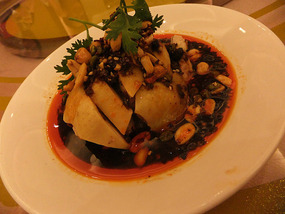
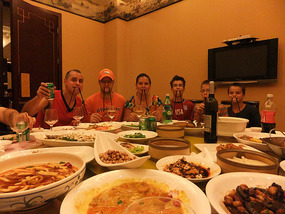
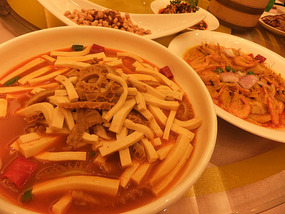
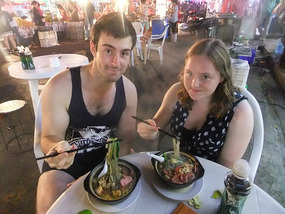
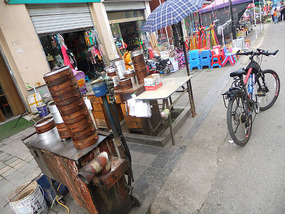
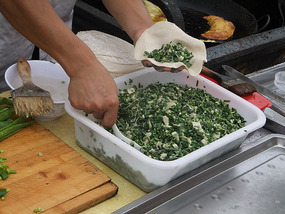
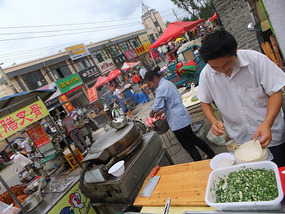
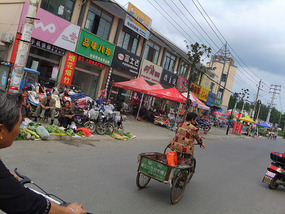
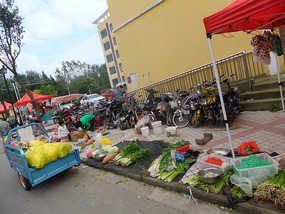
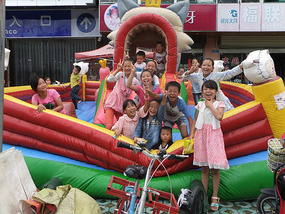
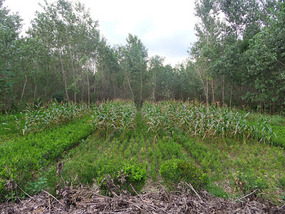
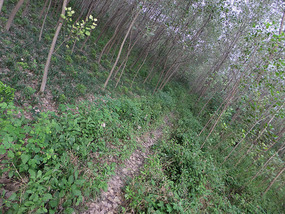
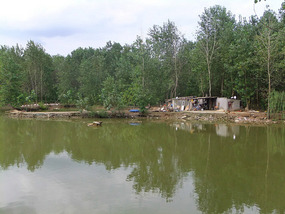
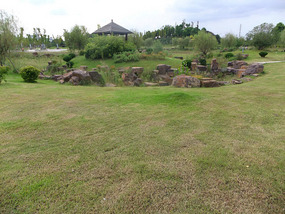
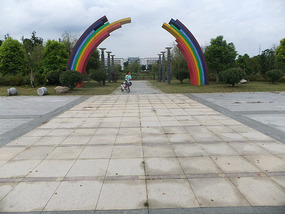
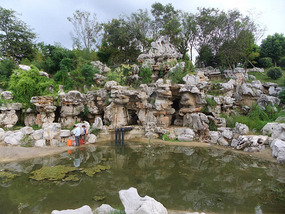
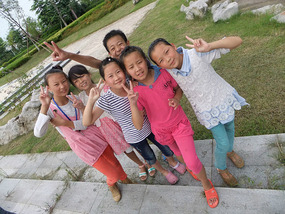
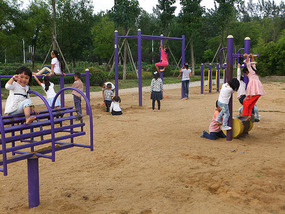
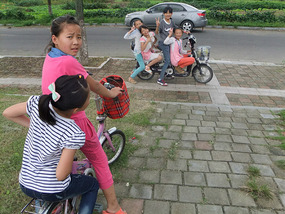
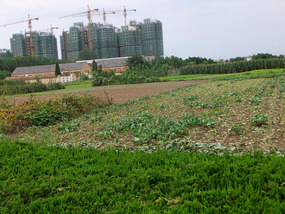
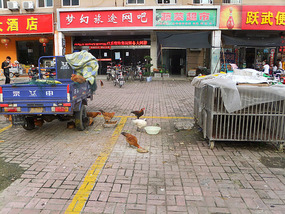
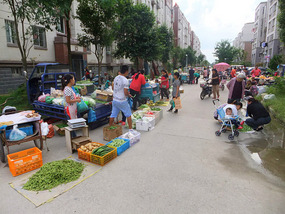

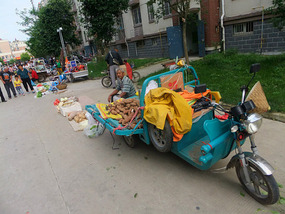
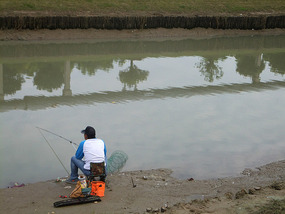
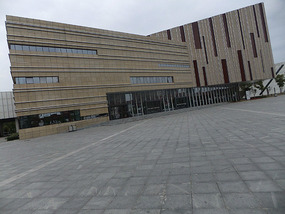
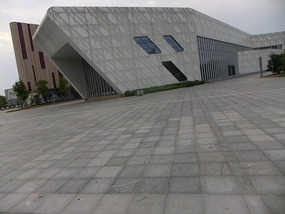
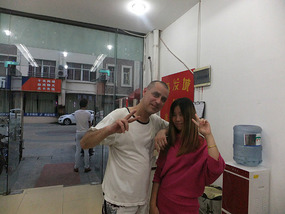
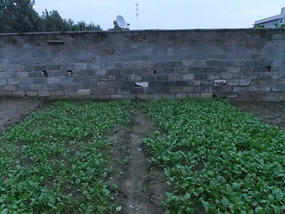
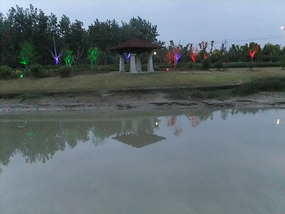
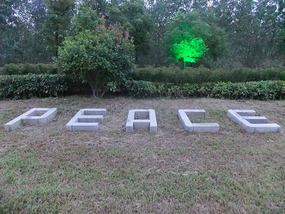
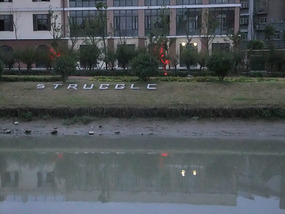
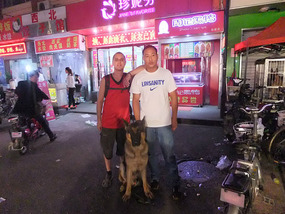
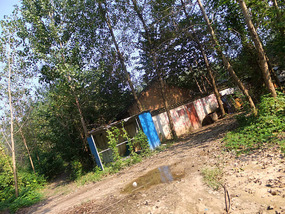
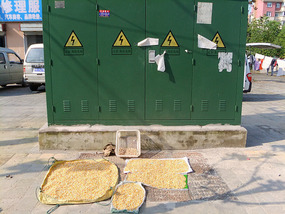
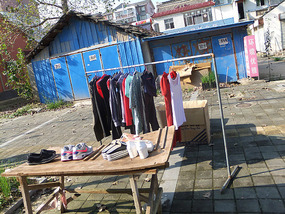
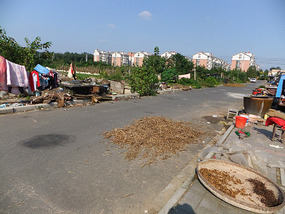
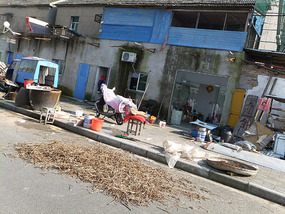
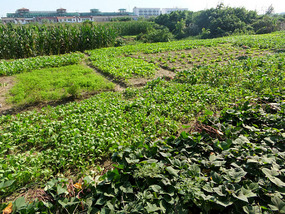
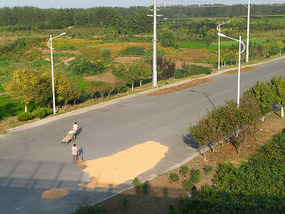
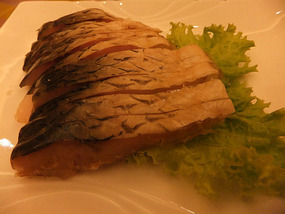

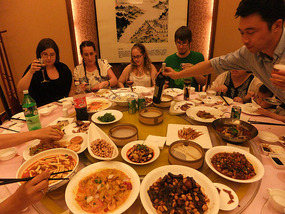
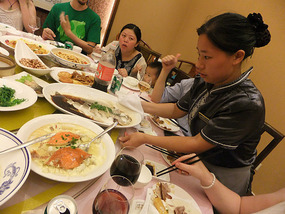
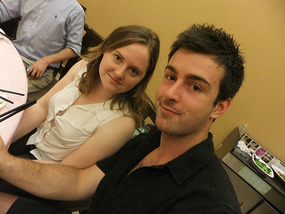
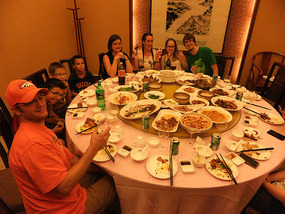
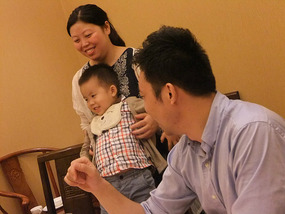
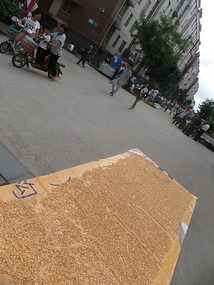
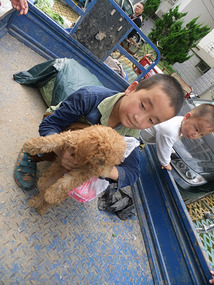
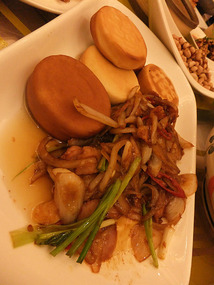

2025-05-22